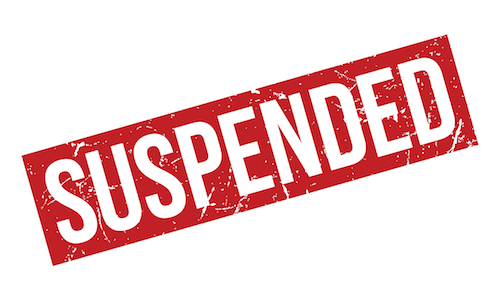Selling Law by The Penny
Technology is an expensive proposition if not properly implemented. It can be a money pit for a law office or judicial system.
So how does a law office or judicial system pay for technology? A law office has two choices: Build it into the fee or charge a la carte those who use it (e.g., tracking photocopies, then billing per page). A judicial system’s choices are to get it legislatively budgeted or find a way to meter charges to users.
The appeal of metering charges is that those who use pay. Because a judicial system cannot directly control how much will be in its budget, metering charges provides revenue to finance services that might not otherwise be feasible.
In a law office, metering charges not only is fair (it charges expenses to those who cause them), it is also a way to supplement an hourly rate or a fixed fee to make up overhead. Sounds great, right?
We argue that, in general, metering technology is not good for either law offices or judicial systems. In a law office, it nickels and dimes the client. In a judicial system, it tends to change the very nature of the service provided.
Decreasing technology prices and the temptation to use technology to make up for budget shortfalls combine to make it possible to do great good or great harm. The costs of an improperly implemented system should not be billed to anyone. A properly implemented system pays for itself, not only monetarily but also in qualitative improvement of product.
Is It Worth It?
When we started practicing law about 30 years ago, Xerox charged about 10 cents for every photocopy. That was high enough that it justified passing costs through to a client. It also meant that we still used carbon paper to minimize the number of photocopies made. We did not pass on the cost of carbon paper. It was cheap, and we figured it was built into the hourly rate (or the contingency fee or estate fee or fixed fee).
Today, even though one can spend almost any amount on a computer, adequate computers are one tenth the price of what they were 10 years ago. It is hard to justify tacking on cost because of hardware or software; most of the cost of computerization is figuring out how to use it. If the program is bad or your staff can’t figure out how to use it, it doesn’t seem right to charge a client extra for it.
Most lawyers, particularly those in smaller towns, tend to undervalue their services. It is important for the profession and for clients that lawyers charge enough, or else lawyers tend to take on more work than they can competently handle in order to generate income. That is not good for the lawyer, not good for the client, not good for the administration of justice.
But nickeling and diming is not the best way to make up a shortfall. Instead, adding expenses tends to create problems. Clients understand that they must pay for genuine out of pocket expenses such as deposition transcripts, over night delivery and expert witnesses.
But clients will complain (or simmer if they don’t complain) about being charged $1.85 for postage or 30 cents for photocopying, or $2 for a fax.
The pressure on clerks’ offices as a result of underfinancing the judicial branch has brought about outrageous photocopy fees of 50 cents per sheet and more. It has caused charging for electronic access to public information that traditionally is available free in the clerk’s office. Inadequate funding has also caused some courts to outsource the electronic docket.
Financially that may be a win win. In the long run, however, it is only a win for the vendor. The lack of free access limits public knowledge of the administration of justice. Budget problems are no excuse for changing the way justice is administered. At the core of a justice system is free access to the docket. With an electronic docket, we are presented with a unique opportunity to expand free access. But we are also granted the possibility of chilling access by metering cost.
It is no different than if we were to outsource the construction of a courthouse, letting a vendor build it at no cost and financing the bricks and mortar by permitting that vendor to charge an admission fee at the front door or a seating fee in the courtroom. It does not matter how small that fee might be. It is chilling nonetheless.
Few lawyers have the courage to complain to clerks or judges regarding photocopy fees or 7 cents a page electronic access fees. This is because lawyers not only have to work with clerks and judges, but they also can recoup the expenses by passing the charges along to clients. And lawyers tend to focus on the immediate tasks for clients, not the long term implications for the administration of justice.
Meanwhile, judges, clerks and court administrators simply want money to purchase pencils, ink and the other basics as they struggle to get through the current budget crises. These are times that require us to wonder whether some of the good things being done are really good. Are we selling our souls to finance necessary judicial services? For a lawyer the choice is easier.
Free enterprise dictates that it is better to build ordinary and necessary costs into the fee. For judicial systems, more is at stake. We’re changing the very nature of the system with a la carte financing.
Information is not something that should be channeled by the docket number and measured by the page. Beware when technology is used to generate revenue.
David Beckman and David Hirsch practice in the law firm of Beckman & Hirsch in Burlington, Iowa. Contact Beckman by e mail at [email protected] or Hirsch at [email protected].



